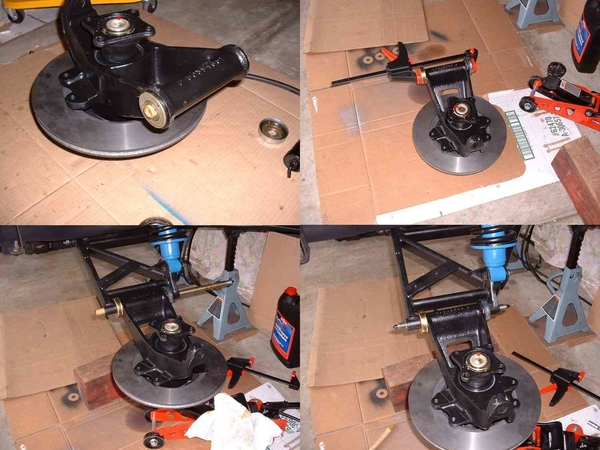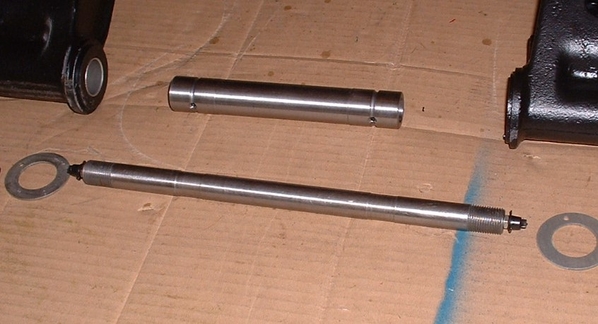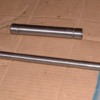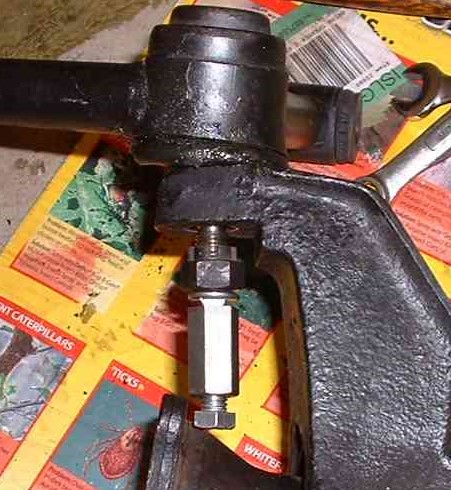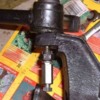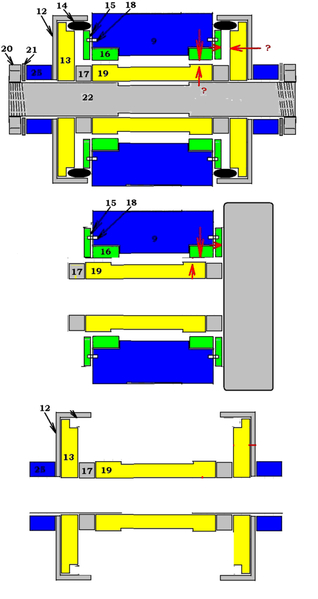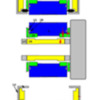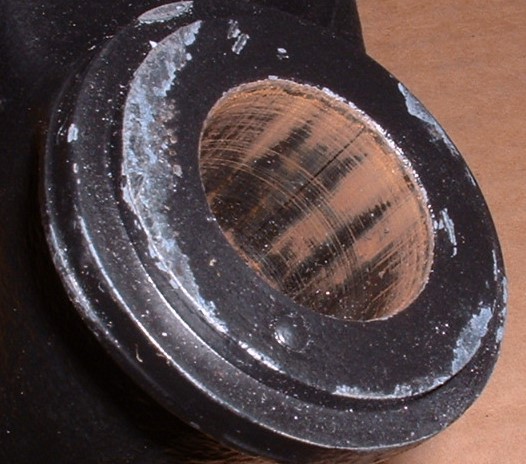Question for you experts...
I am having a little trouble – I thought I’d ask if anyone has a solution….
Got the bushings pressed in. Drilled for zerks.
Now, I am taking some advice from some experts, and doing a trial fit of the sleeve, washers and endcaps, but….
- The sleeve I bought (slightly extended to eliminate the thin washers) doesn’t seem to fit (I am sure the small washers are removed) – the assembly is too long.
Now, here’s the wacky part… the original parts don't fit either! (I checked one sleeve, etc. on both sides).
- SO: Either I have to really smash everything together, or…..
- shrink them in the freezer?
- machine some material off the sleeve?
When I look at the washers, I find one is .046” thick, and the other is .036”. So my opinion is these are shims, not “fixed dimensions” and are chosen at the factory to give you the right endplay somehow…..
It is still weird that I can’t get the original parts together, though.
Any thoughts or suggestions appreciated.
Rocky




